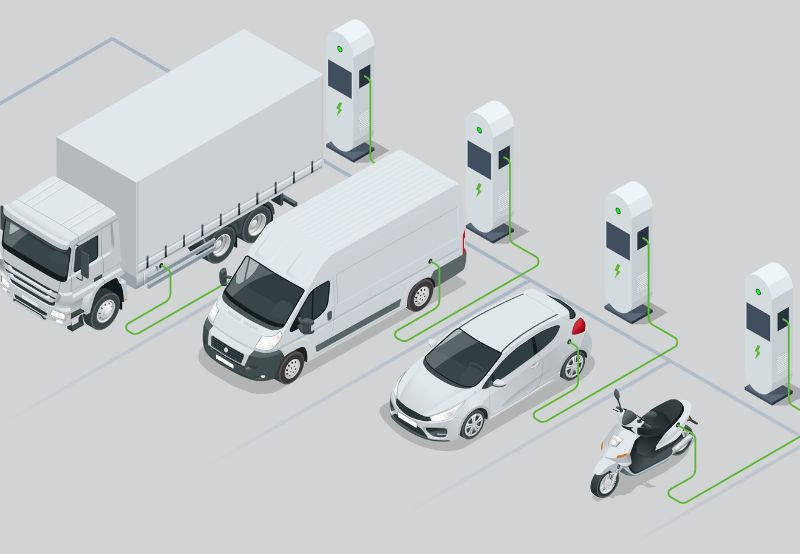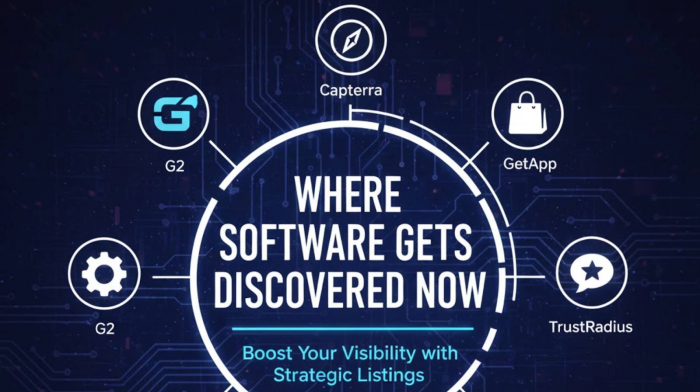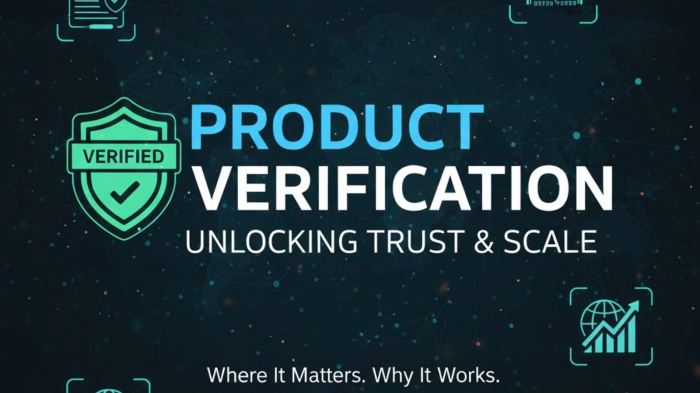Electrifying your business fleet has never been more financially strategic if you act in time. Recent changes to the Clean Vehicle Credit make 2025 a crucial year for companies planning to invest in electric vehicles (EVs). From tax savings to tighter deadlines, here’s what you need to know before purchasing or leasing electric trucks, vans, and commercial vehicles.
What Is the Clean Vehicle Credit?
The Clean Vehicle Credit was expanded under the Inflation Reduction Act (IRA) to encourage the adoption of EVs across the U.S. economy. This law introduced two relevant incentives:
- Section 30D: A credit of up to $7,500 for new clean vehicles.
- Section 45W: A credit of up to $40,000 for commercial clean vehicles, depending on size and weight.
Used EVs may also qualify for up to $4,000 under a separate provision (Section 25E). These credits apply to eligible vehicles placed in service after December 31, 2022.
For new vehicles, the $7,500 credit is split into two $3,750 parts—one based on where battery materials are sourced and another based on battery manufacturing location. Only vehicles assembled in North America qualify.
What's New in 2025?

Starting in 2024, buyers can transfer the credit at the point of sale, allowing the dealership to apply the tax credit immediately as a discount on the vehicle. This makes it easier to realize savings upfront instead of waiting until tax season.
For commercial vehicles including fleet leases—businesses are not subject to the same sourcing restrictions. This means you may qualify for the full $7,500 even if the vehicle doesn't meet strict battery sourcing requirements.
Also new in 2025:
- MSRP caps remain in place: $80,000 for vans, SUVs, and trucks; $55,000 for sedans.
- Income limits still apply for individual buyers but do not apply to businesses claiming the commercial credit (45W).
- Inflation adjustments affect which vehicles qualify, so checking manufacturer eligibility remains essential.
Urgency: Credits Expire Soon
A recently passed law, often referred to as the “One Big Beautiful Bill,” phases out most federal EV credits. Unless extended, these benefits will expire after September 30, 2025. That means any vehicles must be delivered and placed in service before that date to qualify for credits.
For businesses planning large-scale fleet electrification, this dramatically shortens the window of opportunity. Procurement teams should be finalizing orders now, not later in the year.
Section 45W: The Commercial Clean Vehicle Credit
For commercial vehicles, Section 45W offers a separate tax credit based on two factors:
- 30% of the purchase price for electric vehicles.
- Or, the difference in cost between the EV and a comparable gas/diesel model.
Businesses can receive:
- Up to $7,500 per light-duty EV (under 14,000 pounds).
- Up to $40,000 per heavy-duty EV (14,000 pounds and up).
Unlike the personal EV credit, this incentive does not require vehicles to meet mineral sourcing or final assembly rules. This opens the door to a broader range of vehicle types and manufacturers.
You’ll typically file this credit using IRS Form 8936 or include it in Form 3800, depending on your business structure.
Leasing vs. Buying: Which Works Best?
Leasing can be especially beneficial for businesses. Because lessors qualify as the legal “owner,” they may claim the Section 30D credit—regardless of sourcing rules—and pass those savings to lessees as a lower monthly payment. However, this depends on whether the dealer actually applies the discount.
If your company purchases EVs outright and meets all the eligibility requirements, you can still claim both the Section 30D and Section 45W credits if the vehicles qualify.
Coordination with your tax team and vendors is essential to determine the best approach.
Key Steps for Compliance
To take advantage of these credits, businesses should:
- Ensure the dealer is IRS-registered and participates in the Energy Credits Online system.
- Confirm the vehicle qualifies under the latest eligibility list from the Department of Energy.
- Collect and store documentation: purchase agreements, VIN numbers, and IRS confirmation of credit transfer.
- Take delivery before October 1, 2025 to secure the credit under current law.
Proper planning also includes checking for state and local incentives, many of which can be combined with federal credits for additional savings.
Beyond clean vehicle incentives, businesses investing in technology, engineering, or manufacturing improvements may also benefit from exploring the federal R&D tax credit. If your company develops proprietary software, enhances products, or improves internal processes as part of fleet electrification or logistics operations, these activities could qualify. For a deeper look at how the R&D credit works, including eligibility and documentation practices, this comprehensive guide provides helpful context.
After 2025: What’s Next?
Unless Congress reinstates these programs, federal EV credits will no longer be available for vehicles placed in service after September 30, 2025. This makes 2025 a final opportunity for many companies to benefit from generous clean energy tax policies.
Other credits such as those for clean fuels, carbon capture, and manufacturing—will remain in place. But vehicle-specific tax benefits are on the clock.
Final Thoughts
The Clean Vehicle Credit can provide tens of thousands of dollars in tax relief for companies investing in electric fleets but only if you act before the deadline. Between the $7,500 new vehicle credit and the potential $40,000 commercial credit, there’s a strong financial case for accelerating EV adoption.
Whether you lease or buy, documentation, dealer registration, and delivery timing are key to securing these benefits. With federal incentives winding down, 2025 represents a narrowing window of opportunity for businesses looking to electrify their fleet and reduce long-term operating costs.
Post Comment
Be the first to post comment!





